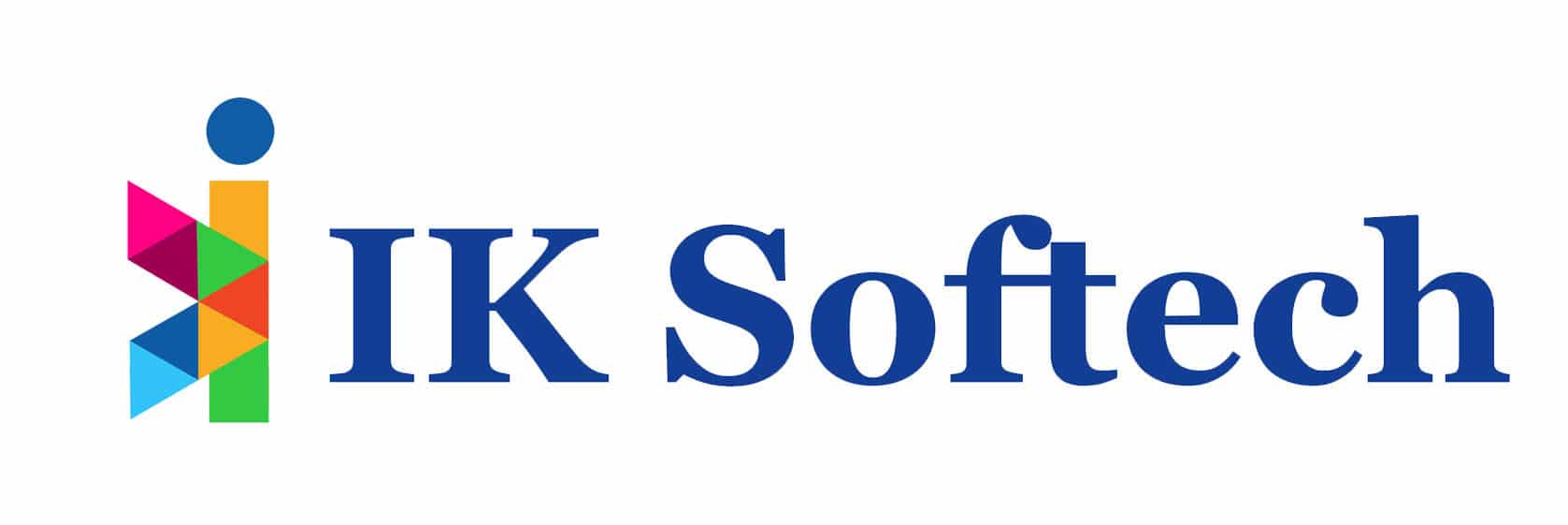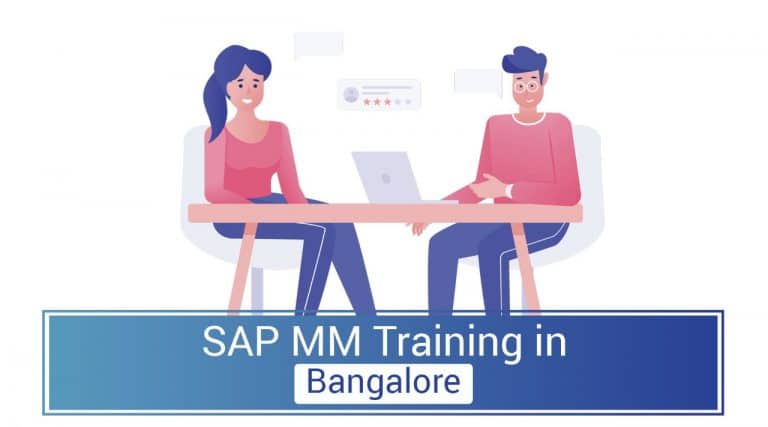SAP FICO Interview Questions – Solved
Below FICO Interview questions are collected from industry experts who interview 100’s of students. Go through all the questions and solved questions which can help in your interview. Happy Learning.
1) Explain the term SAP FICO?
SAP FICO stands for FI (Financial Accounting) and CO (controlling). In SAP FICO, SAP FI take cares about accounting, preparation of financial statements, tax computations etc., while SAP CO take cares of inter orders, cost sheet, inventory sheet, cost allocations etc. It is the software that stores data, and also computes them and retrieves the result based on the current marketing scenario. SAP FICO prevents data lost and also does the verification and reporting of data.
2) What are the other modules to which ‘Financial Accounting’ is integrated?
The other modules to which ‘Financial Accounting’ is integrated are
a) Sales and Distribution
b) Material Management
c) Human Resource
d) Production Planning
e) Controlling of financial transaction
3) In SAP FI what are the organizational elements?
The organizational elements in SAP FI are:
a) Company Code
b) Business Area
c) Chart of Account
d) Functional Area
4) Explain what is posting key and what does it control?
In order to determine the transaction type which is entered in the line item, a two digit numerical is used known as ‘Posting Key’
Posting key determines
a) Account Types
b) Types of posting. Debit or Credit
c) Field status of transaction
5) What is the company code in SAP?
To generate financial statements like Profit and Loss statement, Balance sheets etc. company code is used.
6) How many Chart of Accounts can company code have?
You can have one Chart of Account for one company code which is assigned.
7) For a Company Code how many currencies can be configured?
There are three currencies that can be configured for a Company code, one is a local currency and two are the parallel currencies.
8) What are the options in SAP for Fiscal years?
Fiscal year in SAP is the way financial data is stored in the system. In SAP, you have 12 periods and four special periods. These periods are stored in fiscal year variant that is:
a) Calendar Year: From Jan-Dec, April-March
b) Year dependent fiscal year.
9) What is a ‘year shift’ in SAP calendar?
SAP system does not know what is broken fiscal year e.g April 2012 to March 2013 and only understand the calendar year. If, for any business, the fiscal year is not a calendar year but the combination of the different months of two different calendar year and then one of the calendar year has to classified as a fiscal year for SAP and the month falling in another year has to be adjusted into the fiscal year by shifting the year by using the sign -1 or +1. This shift in the year is known as ‘year shift’.
Example: April 2012 to Dec 2012 is our first calendar year, and Jan 2013 to March 2013 is our second year, now if you are taking April-12 to Dec-12 as your fiscal year, then Jan-13 to March-13 automatically becomes the second year, and you have to adjust this year by using -1 shift, and vice versa if the scenario is reversed, here you will use +1 shift.
10) What is year dependent fiscal year variant?
In a year dependent fiscal year variant, the number of days in a month is not as per the calendar month. For example, in year 2005, month January end on 29th, month Feb ends on 26th etc.
11) In SAP how input and output taxes are taken care?
For each country tax procedure is defined, and tax codes are defined within this. There is a flexibility to either expense out the Tax amounts or capitalize the same to stocks.
12) Explain what is validations and substitutions in SAP?
For each functional area in SAP Validation or Substitution is defined eg, Assets, Controlling etc. at the following levels
a) Document Level
b) Line item Level
13) What are the application areas that use validation and substitutions?
a) FI- Financial accounting
b) CO-Cost accounting
c) AM-Asset accounting
d) GL-Special purpose ledger
e) CS-Consolidation
f) PS-Project system
g) RE-Real estate
h) PC-Profit center accounting
14) In SAP what is the use of FSV ( Financial Statement Version) ?
FSV ( Financial Statement Version) is a reporting tool. It can be used to extract final accounts from SAP like Profit and Loss Account and Balance Sheet. The multiple FSV’s can be used for generating the output of various external agencies like Banks and other statutory authorities.
15) What is a field status group?
‘Field status groups’ control the fields which come up when the user does the transactions. In FIGL (Financial General Ledger) master, the field status group is stored.
16) What is FI-GL (Financial- General Ledger) Accounting does?
To get an overview of external Accounting and accounts, G L (General Ledger) Accounting is used. It does the recording of all business transactions incorporated with all other operational areas in a software system and also ensures that the Accounting data is always complete and accurate.
17) What is the default exchange rate type which is picked up for all SAP transactions?
For all SAP transaction, the default exchange rate is M (Average Rate).
18) What are the methods by which vendor invoice payments can be made?
a) Manual payment without the use of any output medium like cheques etc.
b) Automatic payments like DME (Data Medium Exchange), cheques, Wire transfer
19) What are the problems when business area is configured?
The problem faced when a business area is configured, is splitting of account balance which is more pertinent in the case of tax accounts.
20) For document clearing what are the customizing prerequisites ?
The customizing pre-requisite for document clearing is to check the items cleared and uncleared, and this is done by open item management. Open item management manages your outstanding account, i.e account payable and account receivable. For instance, an invoice item that has not yet been paid is recorded as open account until it is paid.
We are going to update more SAP FICO INTERVIEW QUESTIONS on our page .
So Please read them and Get ready for your Interview.
ALL THE BEST IN ADVANCE







